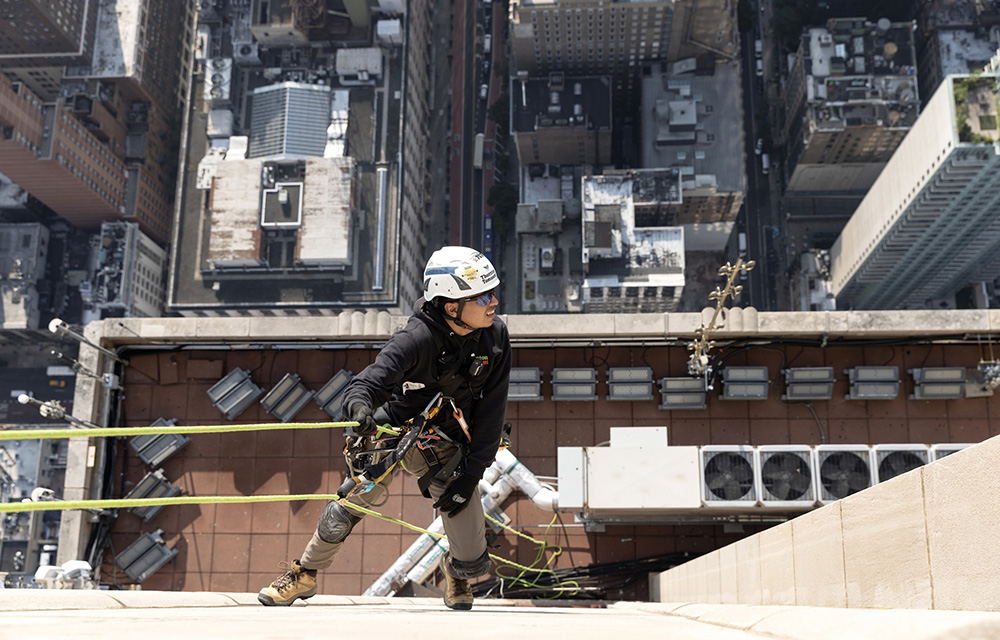Question of the Month: Are feral cats the new green? A safer and healthier way to deal with rodents

Metropolitan Valuation Services
There are house cats, stray cats, cartoon cats, historic cats, film cats and famous cats, but we don’t hear much about working cats since ancient days when they prevented grain from being eaten by rodents. According to the research journal Science, those days were, give or take, 12,000 years ago.
The Science study authors called the development which led to the domestication of wild cats, “one of the more successful ‘biological experiments’ ever undertaken.” The cats loved the steady diet of rodents; humans loved the cost-free pest control; and rodents didn’t like anything about the arrangement.
Cats are brilliant killing machines, with an exceptionally wide range of prey – in the thousands – and distinct characteristics. The latter includes hearing of 64000 Hz; an acute sense of smell; extraordinary flexibility; short muzzles with a very strong bite; teeth that can crunch bones; and detached collar bones (which is one way cats get into tiny spaces). In short, domestic cats are some of the deadliest predators on earth
In juxtaposition to the millions of pampered house cats today, are the millions of homeless feral cats who have not been exposed to human interaction. With a harsh existence and short life span, they do not live the lush life. But, at least for some, we may be circling back to the earliest of times.
The Wall Street Journal recently published an eye-opening piece about The Javits Center pest-control team – feral cats. A sustainability report, “Greening America’s Busiest Convention Center,” cited the cats as a safer, healthier, “greener” way to deal with rodents than noxious chemicals and their cost. Even better, with cats present, mice and rats pick up their scent, and give the place a wide berth. In short, feral cats are the new green.
Deli and bodega cats have long been around in New York City. The cats are illegal and store owners can be cited for health violations, but they can also be cited for signs of rodents. What would you rather see at the bodega? If you remember the sensational video of rats gone wild at a downtown Sixth Ave. KFC/Taco Bell, my guess is you’d prefer to see a furball who purrs.
The leader in commercial homes for feral cats is Chicago where the “Tree House Cats at Work Project” removes at-risk feral cats from dangerous situations and, after vetting and sterilization, relocating them to places where they control the rodent population. The cost for three feral cats from Tree House is $600 with a waiting list. CNN called the Chicago program the “Ultimate Weapon in Public Health” and The Wall Street Journal called working cats the “new must-have accessory.”
With the city’s war on rats an extraordinary failure through the reign of 108 mayors and counting, perhaps the world’s greatest and most adorable predator will be our long-awaited answer. Remember, all you have to do for nearly cost-free pest control is feed a feral cat and they’ll bring their friends.
Steven Schleider, MAI, MRICS, LEED-AP BD + C, is the president of Metropolitan Valuation Services, New York, N.Y.
NYC mayor and DOB release comprehensive façade inspection and safety study conducted by Thornton Tomasetti








.gif)
.jpg)

.gif)